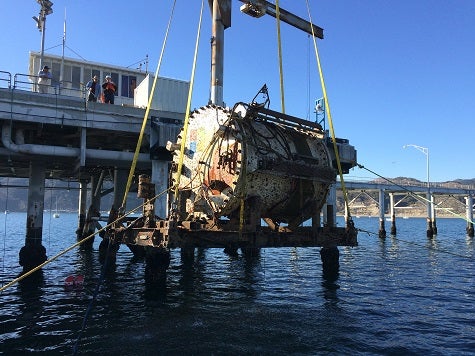Earlier this year, Microsoft revealed that it has been working on Project Natick, the deployment of a small data center underwater off the Pacific coast. Now Microsoft is gearing up for the next phase of Project Natick, the deployment of a data center about the size of a container used on a cargo vessel.
Speaking at a DataCenterDynamics Enterprise event in New York this week, Ben Cutler, the project manager who leads the team behind the experiment, says the next phase of Project Natick will involve a data center that is four times larger than the previous one and can hold 20 times more server capacity.
Given the amount of energy that data centers consume, what was once an intriguing experiment becomes a more significant project that could lead to significant reductions in the amount of energy being used today to keep data centers cool.
Cutler acknowledges that many environment impact studies still need to be conducted. But thus far, Cutler says, Project Natick creates what amounts to an artificial reef in the ocean, complete with its own thriving ecosystem. From an IT infrastructure upgrade perspective, Cutler says, it would take three days to retrieve a container, swap out all the modular IT infrastructure, and then put it back in the water.
Right now, it takes as much energy to operate a large-scale data center in a year as it does to power a sizeable town. As the number of data centers around the world continues to multiply, the pressure they put on everything from the electrical grids themselves to the cost of the electricity moving across those grids intensifies.
Of course, it may still be a while before data centers located underwater make a substantial impact on the economic equation. But the days when data center facilities pop up in remote locations in search of inexpensive sources of power may very well soon be coming to an end.




